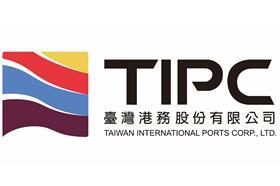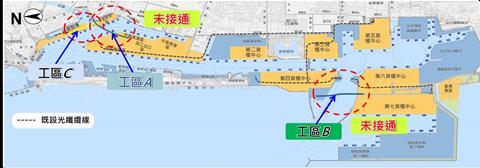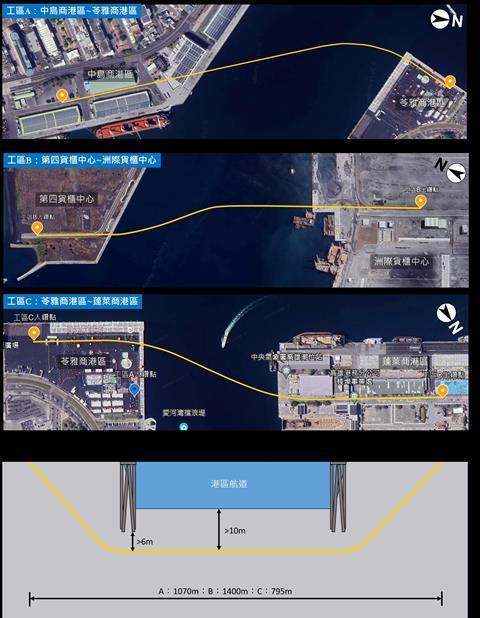In support of policies promoting the efficient implementation of environmental management systems to realize the sustainable development of “green” port operations, Port of Kaohsiung, TIPC has announced plans to finally connect the entire port via a fiber-optic-based very high-speed backbone network service (vBNS).

The three critical sections of this system crossing beneath port navigation channels are scheduled for completion by spring 2025.
Currently, most of Port of Kaohsiung is served by fiber-optic cable lines installed along the main roads that connect together its dispersed districts. However, several districts, including Chungtao, Ling-Ya, and Peng-Lai, have remained outside of this network due to the difficulties involved in making safe connections across the port’s intervening navigation channels, with outside network services used to fill these gaps. Apart from the regular expense involved in leasing dedicated digital lines, transmission quality has been variable and difficult to improve. Therefore, in line with port “smart growth” goals, officials are implementing this plan using fiber-optic cables to support the current and future high volume data transmission needs of Port of Kaohsiung’s digital support systems.

To help accomplish these goals, dedicated tunnels will be drilled perpendicularly beneath the bed of port navigation channels to allow the safe passage of fiber-optic cables. These tunnels will traverse at a depth of 10m below the bottom of the channel (up to 38m below sea level). Apart from being safely out of danger from shipping traffic and rough water, these cables will also be immune from the regular risk faced by roadside cables of damage from roadwork and breakage, ensuring long-term stability for voice and data transfers.
With regard to the horizontal directional drilling strategy employed on this project, once each tunnel has been drilled to depth, a 300mt expanding drill will be brought on line to enable the pullback of protective piping through the full extent of the tunnel, completing the connection. The horizontal directional drilling approach used in this project has rarely been employed in Taiwan on underwater projects with similarly challenging length, depth, and angular issues. Nevertheless, it will be critical to creating Port of Kaohsiung’s first comprehensive fiber-optic backbone network.

Construction Management & Engineering Dept., Port of Kaohsiung, TIPC
Contact Persons:
Che-shu Liao, Director
07-5622475 | liawjs@twport.com.tw
Yung-chih Chang, Supervisor
07-5622491 | T02620@twport.com.tw













